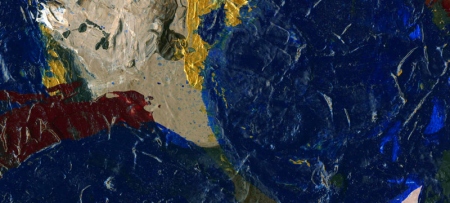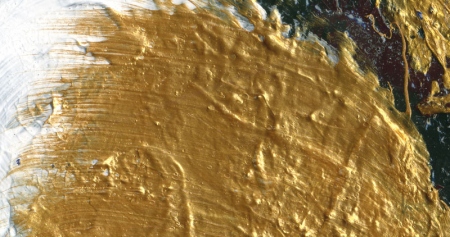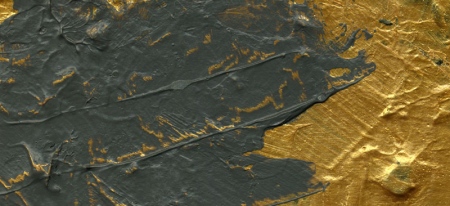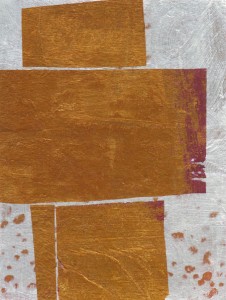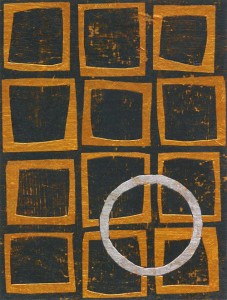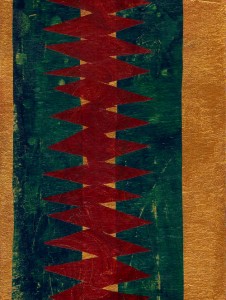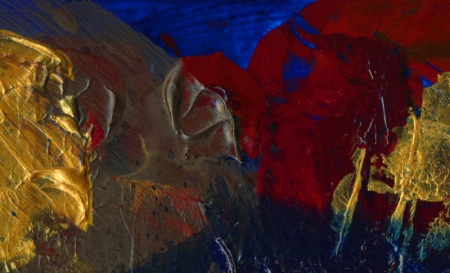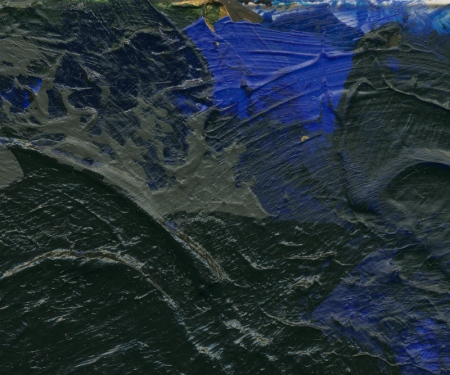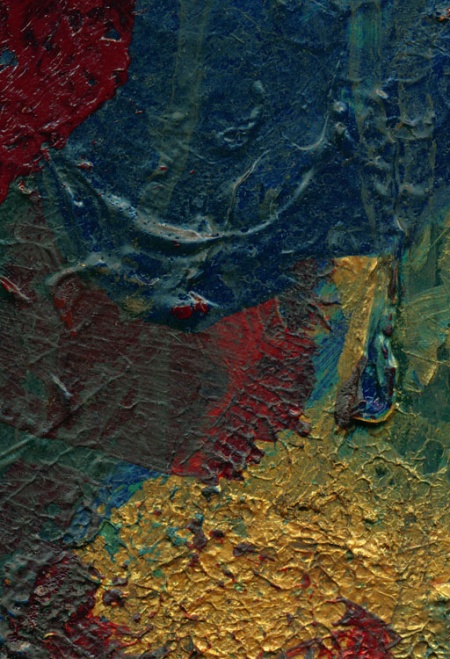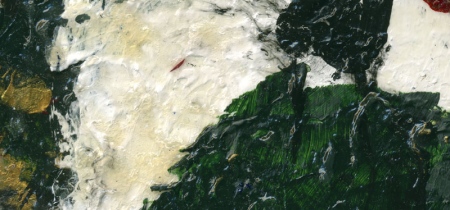Image: Night to Night Declares © Jan Richardson (click image to enlarge)
Day to day pours forth speech,
and night to night declares knowledge.
—Psalm 19.2
From a lectionary reading for Lent 3: Psalm 19
Reflection for Thursday, March 8 (Day 14 of Lent)
Call it fate, perhaps. When my parents gave me Leila as my middle name, after a great-grandmother, they didn’t know it was the Hebrew word for night. No surprise, then, that I would fall in love with the late hours, becoming an incurable night owl whose favorite part of the day is the dark.
There is a different kind of knowing that comes in the night, in these hours when the shadows smooth the sharp edges, when things grow quieter. I open a book or curl up next to my husband or go into my studio or simply stop and let my breathing slow, knowing that much of what tugs at me during the day will ease its hold in these hours if I will let it.
I know well that for many, the night brings cause for fear instead of comfort. And so prayers become part of the weave of these hours, offered for those who are met by pain or horror in the dark, and who find there a terrible knowledge. I pray for their protection, for their encompassing by the God who makes a home in the dark as well as in the day.
What do you know in the night? What does the dark declare to you, and how do you listen?
This reflection is part of the series Teach Me Your Paths: A Pilgrimage into Lent.
[To use the image “Night to Night Declares,” please visit this page at janrichardsonimages.com. Your use of janrichardsonimages.com helps make the ministry of The Painted Prayerbook possible. Thank you!]
